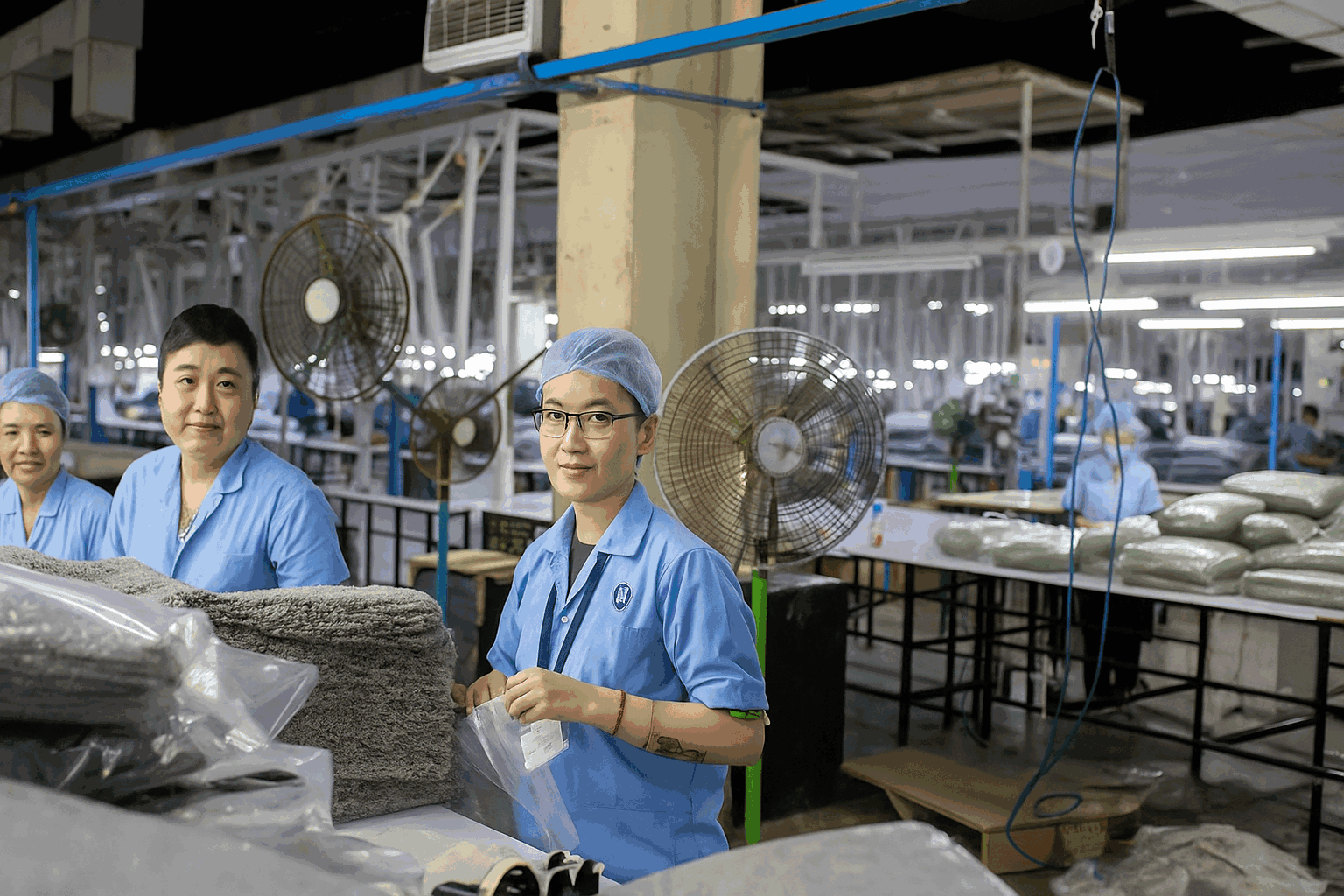
From just one piece of yarn, fancy knitwear is made by mixing smart machines and skilled hands. The world’s knitwear market is worth $907.60 billion in 2024. It keeps getting bigger because of new things like AI color matching and robots that change yarn.
Aspect | Details |
|---|---|
Market Value 2024 | USD 907.60 billion |
Projected Value 2032 | USD 2,263.28 billion |
CAGR (2025-2032) | 12.10% |
Expert Factories use computers and machines to help make dresses. But people still need to do careful work by hand. This makes sure every dress shows both new ideas and old ways.
Key Takeaways
Expert factories use smart machines and skilled workers together. They make stylish knitted dresses that last a long time. These dresses keep up with new fashion trends.
Factories mix natural, synthetic, and high-performance fibers. This makes dresses comfy, strong, and able to last longer.
New knitting technologies like 3D and seamless knitting help dresses fit better. They also make less waste and help dresses last longer.
Factories do strict quality checks and get certifications. This makes sure every dress is safe and made fairly. It also helps protect the environment.
Brands can pick their own yarns, colors, and sizes. This lets them make special styles and small orders.
Market Segments
Designer Influence
Expert factories and designers work together to make new styles. Designers decide what is popular each season. They choose shapes, textures, and colors. Factories must change fast to keep up. They use special machines and computers to turn ideas into real dresses. Many new trends start with designer collections. These trends soon show up in regular stores. For example, a new ribbed pattern or big sleeve on the runway can inspire other brands. These changes happen quickly. Factories and designers must talk often to make it work.
Commercial Staples
Factories also make dresses that many people buy. These are classic ribbed dresses, bodycon styles, and midi lengths. People always want these styles. But what shoppers like can change fast. Young people try new looks quickly. This means factories must make new dresses often. In fast fashion, a dress may only be sold for 4 to 6 weeks. Factories use smart ways to make lots of dresses fast. Big companies check these methods to make sure they work. Asia-Pacific makes the most dresses. They have good supply chains and use robots. North America is growing the fastest. This is because of new trends and how people live.
Niche Categories
Some dresses are made for special groups. Factories make small batches for events, eco-friendly lines, or special team-ups. These dresses use new materials or focus on the planet. Reports show young and green shoppers want these dresses. Factories must be flexible but still make high-quality dresses. They use market data to plan what to make. This helps them meet the needs of each group. Top brands change their knitwear often. This shows how fast both regular and special markets move.
Materials and Yarn

Fiber Types
Factories pick fibers carefully. Each fiber changes how a dress feels and looks. Some fibers also make dresses last longer. Cotton, wool, silk, and linen are natural fibers. They let air pass through and feel soft. These fibers help dresses stay cool and comfy. Polyester and nylon are synthetic fibers. They make dresses strong and tough. High-performance fibers like aramid and carbon fiber are very light. They also help dresses last a long time. Finer fibers make fabric smoother and stop pilling. This makes dresses look better and feel nice. Dyeability is important for color. It helps dresses keep their color for a long time.
Natural fibers: soft, breathable, comfortable
Synthetic fibers: strong, durable, long-lasting
High-performance fibers: lightweight, extra strength
Finer fibers: smoother, less pilling, better style
Yarn Engineering
Yarn engineering changes how a dress feels and works. Factories use smart ways to mix fibers and make special yarns. Ultra-high molecular weight polyethylene (UHMWPE) fibers help dresses feel cooler. They also make dresses more comfortable. More UHMWPE in yarns helps move heat away. This keeps dresses cool but still strong. Different knitting styles change how fabric feels on skin. Some styles help dresses handle sweat and stay stretchy. Mixing cotton with synthetic yarns gives both comfort and strength.
Note: Advanced yarn engineering helps dresses feel cool, handle sweat, and last longer.
Surface Finishes
Surface finishes are the last step for knitted dresses. Factories use treatments to make fabric softer or shinier. Some finishes help dresses keep their color after washing. Others make fabric feel smooth or stop pilling. These steps help dresses look good and last longer. Factories pick finishes based on what the dress is for. Some are for daily wear. Others are for fashion shows.
Expert Factories: Technology and Craft
Knitting Machines
Expert Factories use advanced knitting machines to make many dresses. Fully automatic flat knitting machines are the best in the business. These machines work fast and are very accurate. They can make hard patterns and shapes with little help from people. This lets factories make lots of styles quickly and with fewer errors. Automatic knitting machines help every dress look the same. Each dress is made to the same high level, no matter how many are made.
Factories take care of these machines by checking them often. Skilled workers learn how to use the machines well. This training helps stop problems and keeps work going smoothly. Energy-saving machines help factories use less power and make less pollution. For example, over 100 factories in Bangladesh used 20% less energy and made 15% less carbon per dress. These changes help Expert Factories reach their goals for quality and the planet.
3D and Seamless Knitting
Expert Factories use 3D and seamless knitting to make dresses fit better and last longer. These ways knit a dress in one piece or with very few seams. This cuts down on waste and makes the dress stronger. 3D knitting can add layers or special shapes for comfort and style. Seamless knitting means there are fewer weak spots, so dresses last longer.
Factories check how well they are doing by using clear numbers. The table below shows some important things they measure:
Performance Metric / Aspect | Description / Impact |
|---|---|
Performance Index | Balances strength, durability, weight, and cost for better fabric quality and efficiency. |
Efficiency Ratio | Measures output quality and speed against material cost and waste. |
Seam Strength | Ensures dresses stay strong and keep their shape. |
Design Accuracy & Pattern Precision | Uses digital patterns for exact and repeatable designs. |
Defect Rate | Tracks and reduces mistakes using real-time data. |
3D Knitting Case Study | Shows better durability and comfort with multilayered, seamless fabrics. |
Automation & Robotics | Uses robots for cutting and assembly, which improves precision and reduces waste. |
Real-time Data Analytics | Monitors production to catch problems early and keep quality high. |
Factories use robots and sensors to watch each step. IoT devices check tension, temperature, and speed. This helps factories fix problems fast and keep dresses looking and feeling good.
Digital Design
Digital design tools help Expert Factories turn ideas into real dresses. Computer-aided design (CAD) software lets designers make detailed patterns and test them before knitting. This saves time and stops mistakes. Factories use simulation tools to plan the whole process. For example, Factory IO® software helps model and improve the knitting line.
Robots are important in today’s factories. Multi-arm robots do jobs like changing needles and moving yarn. This makes setup faster and means less work for people. Sensor systems check for mistakes right away. These systems find problems faster than people can. Factory managers use real-time data to make quick choices and keep work on track.
Automation brings many good things. Factories using the ‘Knitting 4.0’ layout make dresses 27% faster. Workers now spend more time checking quality and less time on boring jobs. This makes the factory safer and better. Even with all this tech, some jobs still need people. Skilled workers add finishing touches and fix hard problems.
Industrial engineering helps Expert Factories work better. Factories use time studies and line balancing to find and fix slow spots. One factory made its sewing line 9% better after these changes. Simulation studies show that good planning means more dresses made and less waiting. These ways help factories send out high-quality dresses on time.
Tip: The best factories mix new technology with skilled hands. This mix makes sure every knitted dress is stylish, fits well, and lasts a long time.
Construction and Detailing
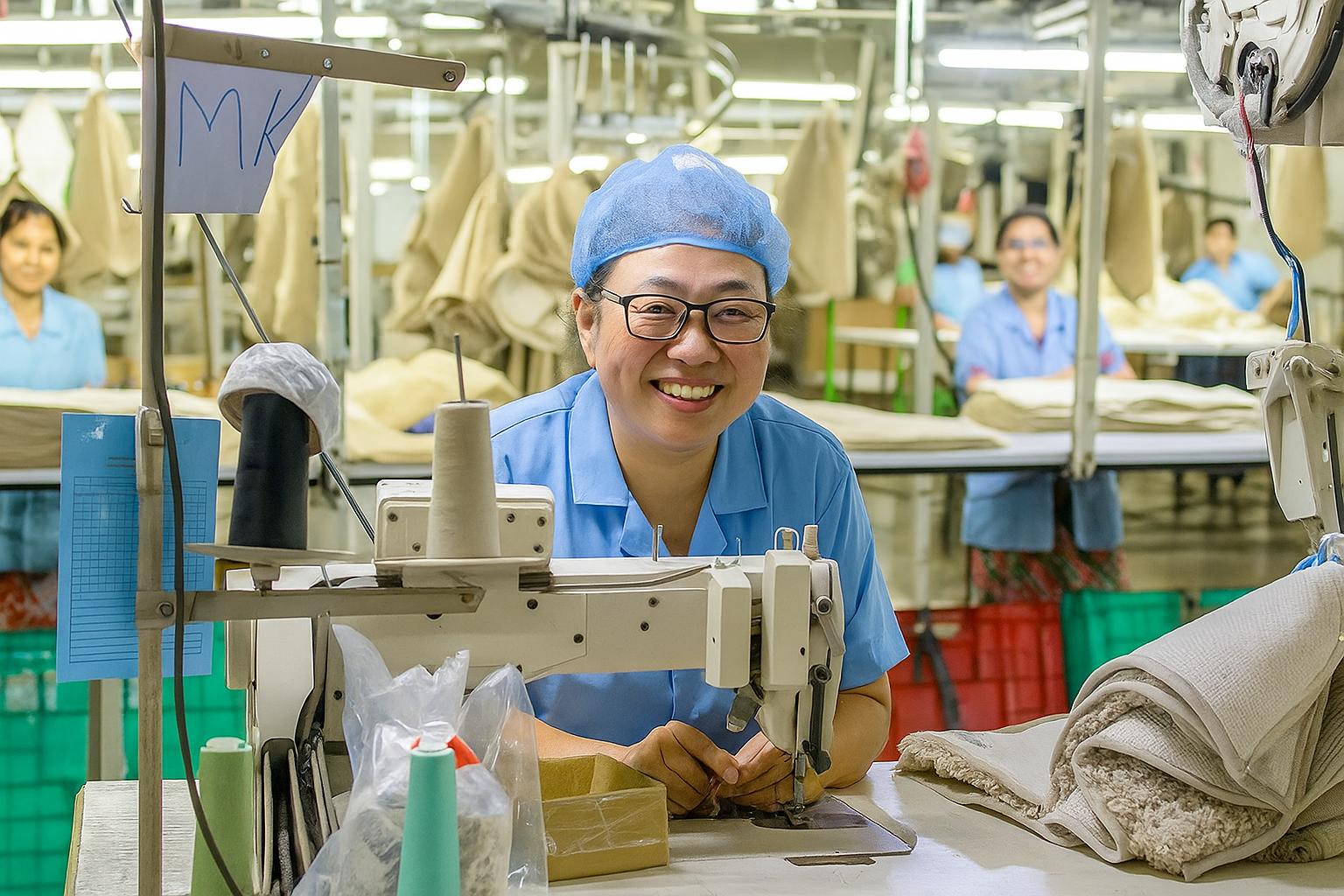
Assembly Methods
Expert factories use different ways to put knitted dresses together. Some use sewing machines to join panels. Workers line up each piece so the dress looks smooth. Many factories now use seamless construction. This method joins fabric layers with heat or sound waves. Seamless bonding makes strong and bendy joins. Dresses made this way hold their shape better. They also last longer than dresses with normal seams. Seamless dresses have fewer weak spots. This helps them last when stretched or moved a lot. The process also makes quality more even and uses fewer steps.
Seamless assembly stops seams from breaking.
Fewer seams mean the dress feels better to wear.
This way lets factories make fancy designs and mix fabrics.
Structural Reinforcement
Factories make some parts of dresses stronger for better fit. They add extra stitching or bonding at places like shoulders and waistbands. Some dresses use double layers or ribbed parts for more support. These things help dresses keep their shape after many wears and washes. Seamless construction also blends support into the fabric. This lowers the chance of holes or stretching at seams. Factories use careful steps to make sure every dress is made well.
Reinforcement Area | Method Used | Benefit |
|---|---|---|
Shoulders | Extra stitching | Stops sagging |
Waistbands | Ribbed structures | Keeps stretch |
Hems | Bonded finishes | Stops fraying |
Finishing Touches
Finishing steps give dresses their final look and feel. Factories add ribbed cuffs and hems for strength and style. Details like buttons, embroidery, or shiny threads make dresses stand out. Some dresses get special washes or coatings to feel softer or look shinier. Quality checks find any problems at this stage. Workers cut loose threads and press each dress to look neat. These last steps make sure every dress is ready for the runway or store.
Tip: Careful finishing makes expert factories special. It helps every dress look great and last a long time.
Quality and Customization
Quality Control
Expert Factories want every knitted dress to be great. They check each step as they make the dress. Workers look at yarns and test how strong the fabric is. They also check for color mistakes. Machines help by finding holes or bad stitches. Every dress gets checked one last time before packing. Factories write down all their checks. This helps them fix problems fast. Many factories use ISO 9001:2015 to guide their quality work. These steps help dresses last and make customers happy.
Compliance and Sustainability
Factories must follow rules for safety, fairness, and the environment. Many get certifications to show they care. These certificates prove factories protect people and nature. The table below shows some important certifications and what they mean:
Certification | Focus Area | Benchmark Role in Knitwear Production |
|---|---|---|
GOTS | Organic fiber processing | Ensures organic content and ethical production practices |
OEKO-TEX Standard 100 | Chemical safety | Guarantees textiles are free from harmful substances |
ISO 9001:2015 | Quality management | Establishes effective quality control processes |
ISO 14001:2015 | Environmental management | Minimizes environmental impact |
WRAP | Ethical manufacturing | Confirms fair labor practices |
Bluesign® System | Environmental and consumer safety | Certifies sustainable production and chemical use |
Fair Trade | Social justice | Ensures fair wages and worker empowerment |
Note: Certifications help buyers know dresses are safe, fair, and good for the planet.
Custom Options
Expert Factories let brands pick many custom features for dresses. Brands can choose special yarns, colors, or patterns. Factories use computers to match colors just right. Private-label branding lets brands add their own tags and boxes. Some factories let brands order only a few dresses to start. Custom sizes and fits are also possible. These choices help brands be different and meet what customers want.
Expert Factories make each knitted dress with smart machines and skilled workers.
People want dresses that last, work well, and look nice. These things come from good work and new technology.
Brands that care about these things get more trust from buyers.
Factories spend more money on new ideas in knitwear. This helps them keep up with what people want.
The knitwear world keeps changing. Readers can see why working with Expert Factories brings good style, strong quality, and long-lasting success.
FAQ
What makes a knitted dress from an expert factory different?
Expert factories use smart machines and skilled workers. They check each step to make sure it is good. These factories have more styles and better fits. Their dresses last longer than ones from regular factories.
Tip: Check for certifications and custom choices to find expert factory dresses.
How do factories ensure each dress fits well?
Factories use 3D body scanning and digital design tools. These tools help make patterns that fit real people. Skilled workers look at samples and change designs for the best fit.
Can brands order small batches or custom designs?
Yes. Many expert factories let brands order small amounts. They offer custom yarns, colors, and private labels. Brands can try new ideas without spending a lot of money.
Are knitted dresses from expert factories eco-friendly?
Many expert factories follow strict rules to help the planet. They use certified fibers, make less waste, and save energy. Certifications like GOTS and OEKO-TEX show they care about the environment.
What quality checks do expert factories perform?
Factories test yarn strength, color, and seam strength. Machines look for mistakes. Workers check each dress before packing. These steps help make sure every dress is high quality.



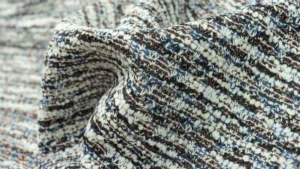
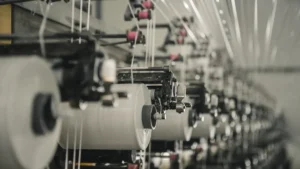
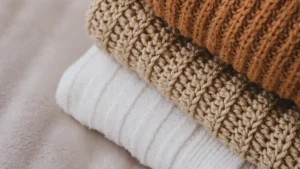


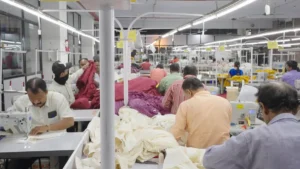

11 thoughts on “Sculpted in Stitches: How Expert Factories Engineer Every Kind of Knitted Dress—from Figure-Hugging Ribs to Runway-Ready Statement Pieces”
Pingback: Top 10 Knitted Infant Outfit Manufacturers for Wholesale in 2025
Pingback: 10 Florida Knitwear Manufacturers Vetted for Excellence
Pingback: Ohio’s Leading Knitwear Producers Ranked for 2025
Pingback: Top Washington Knitwear Manufacturers for Small Batch Production
Pingback: Top-Rated Knit Apparel Manufacturers in Atlanta This Year
Pingback: San Diego’s Best Custom Knitwear Producers Revealed
Pingback: Top Knitwear Factories in St. Louis for 2025
Pingback: Best Knitwear Factories in Austin for Quality and Craftsmanship
Pingback: Best Barcelona Sweater Suppliers for Fashion Brands
Pingback: Exploring Edinburgh’s Best Custom Knitwear Producers
Pingback: Top Dresden Custom Knitwear Factories for Quality Apparel